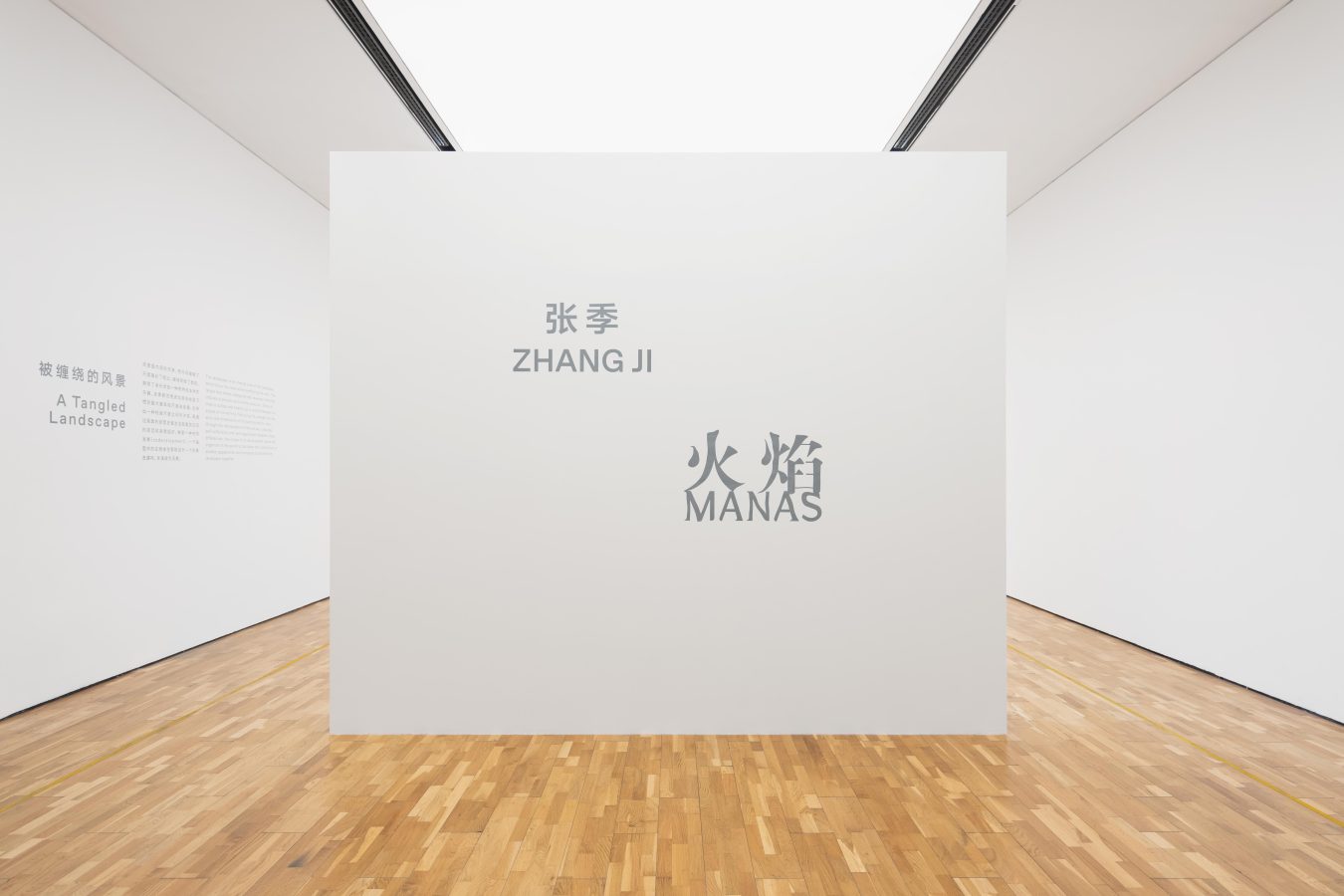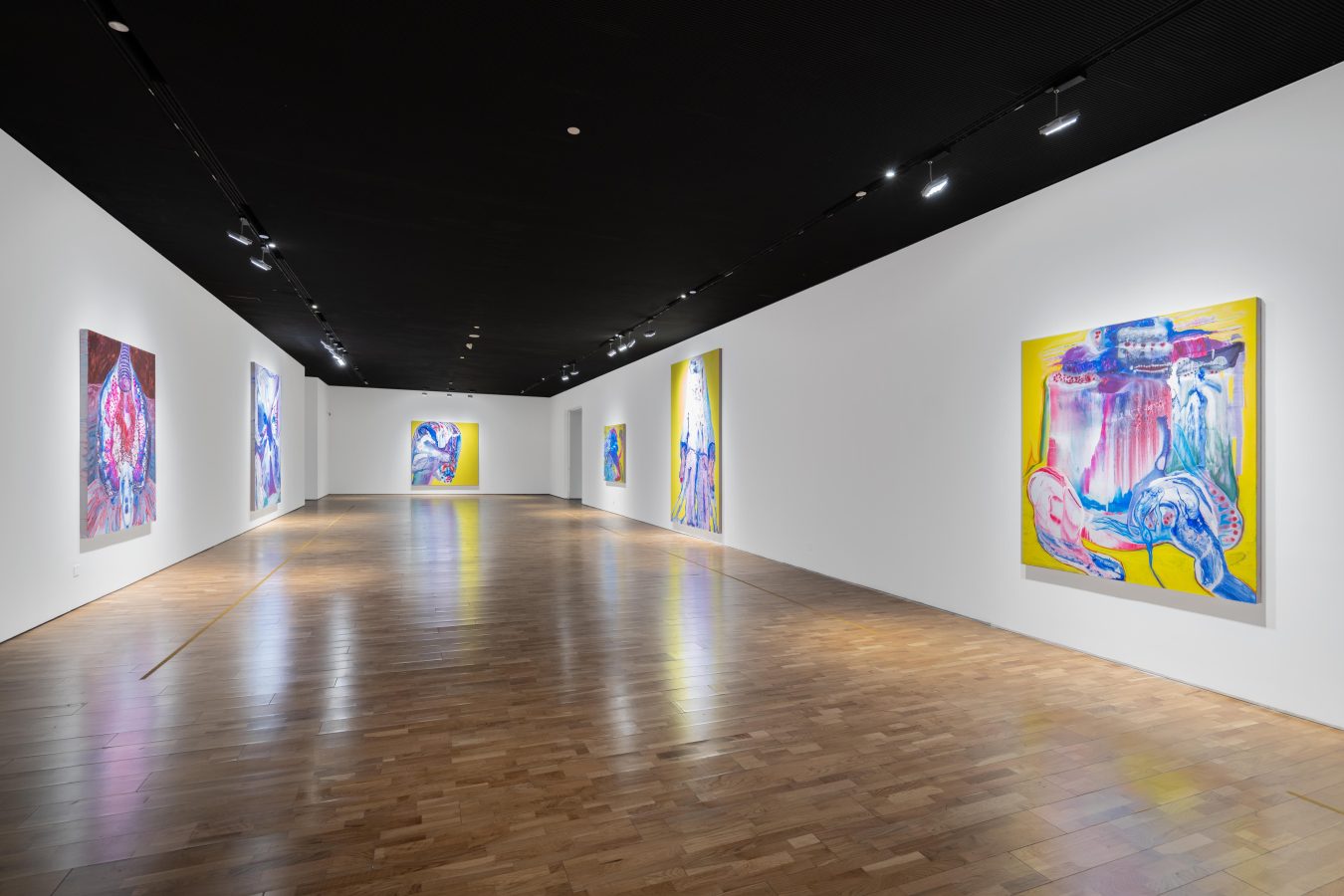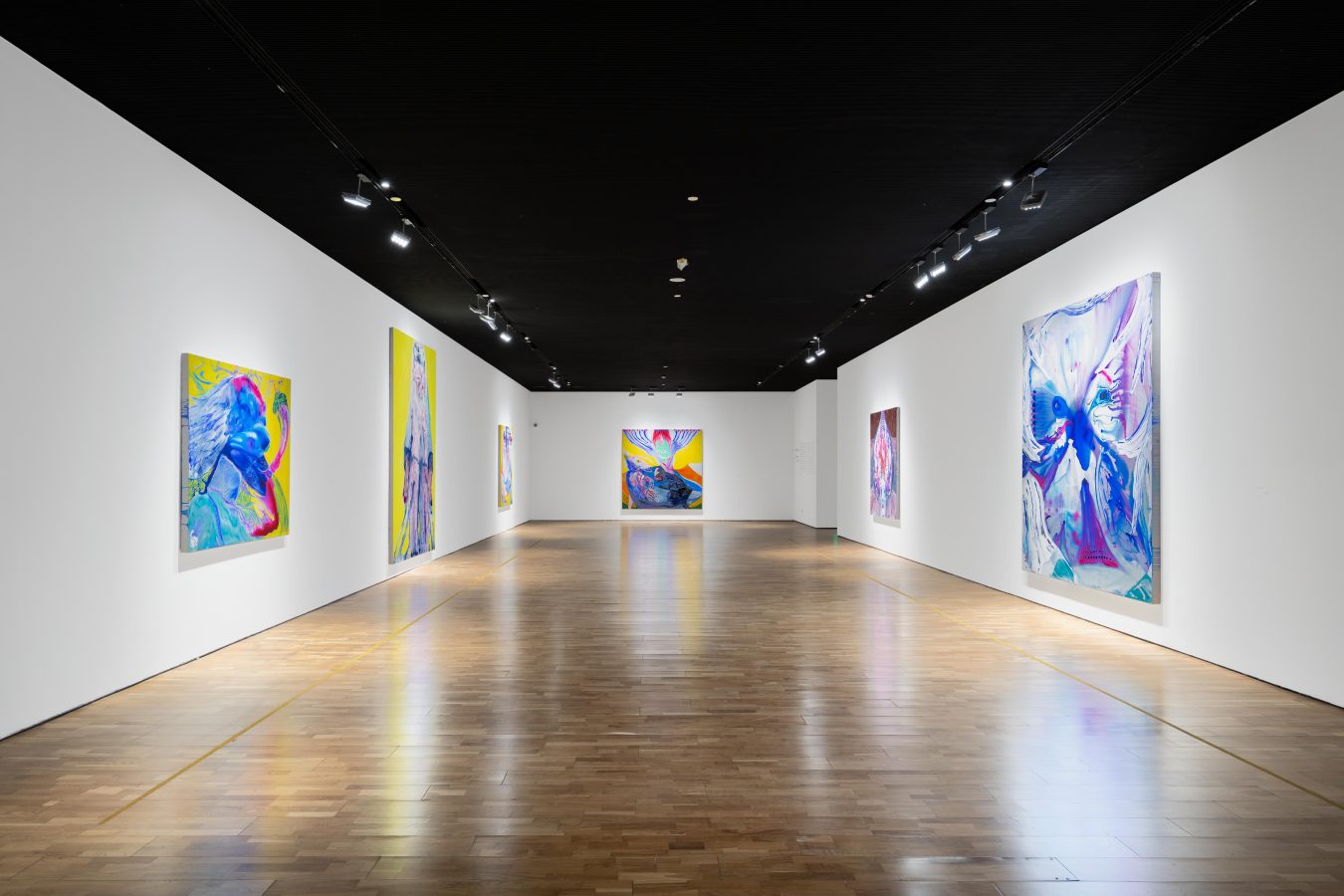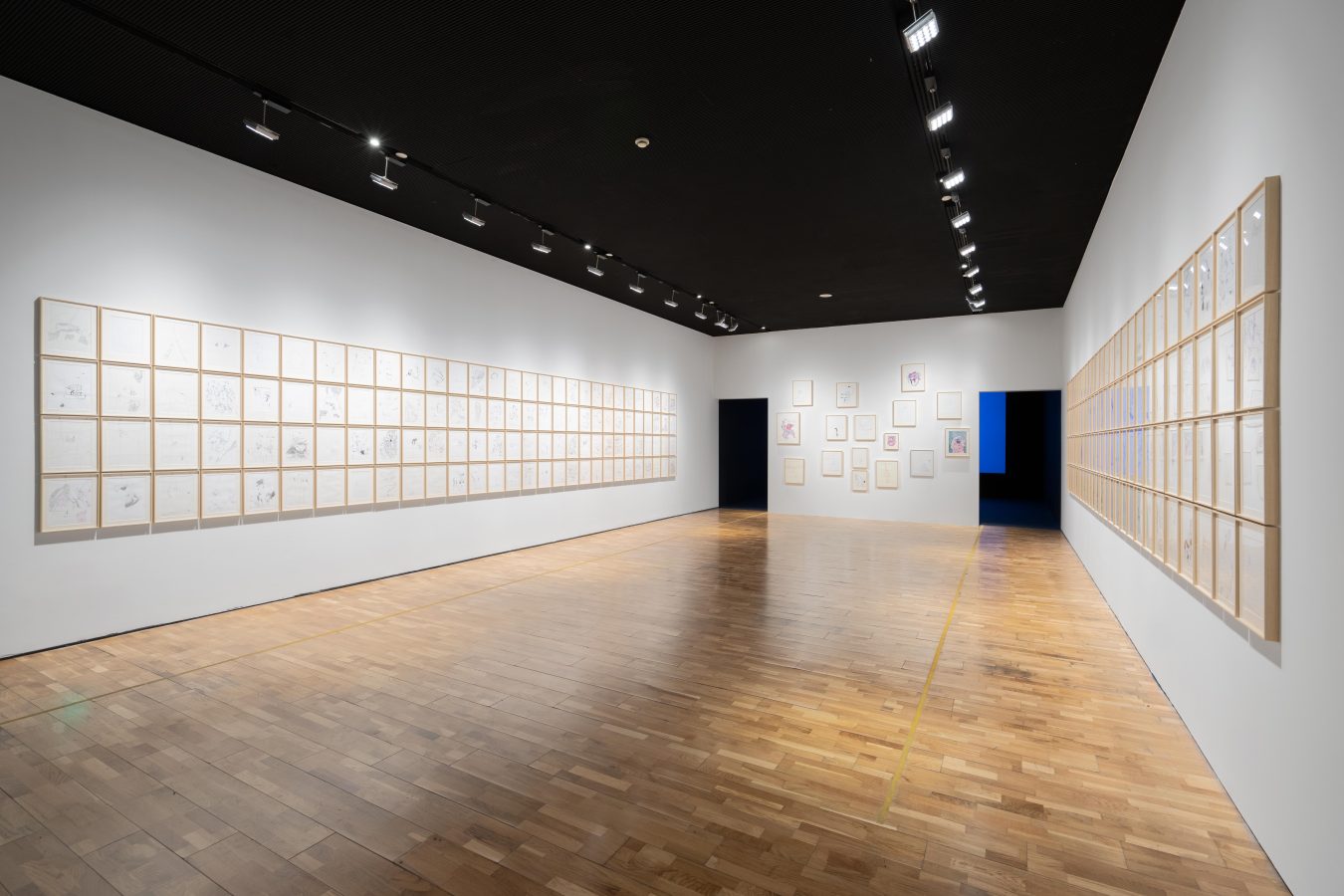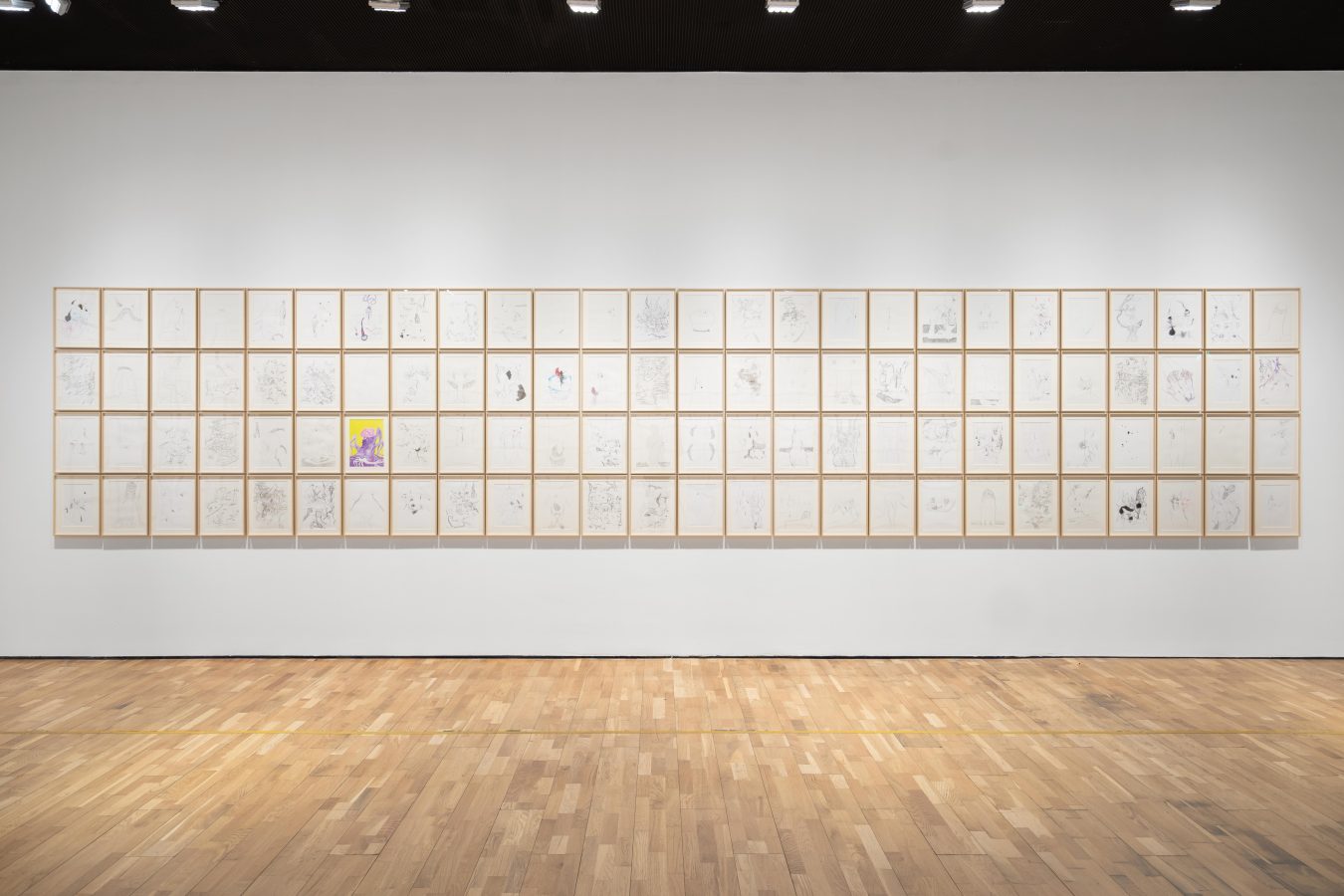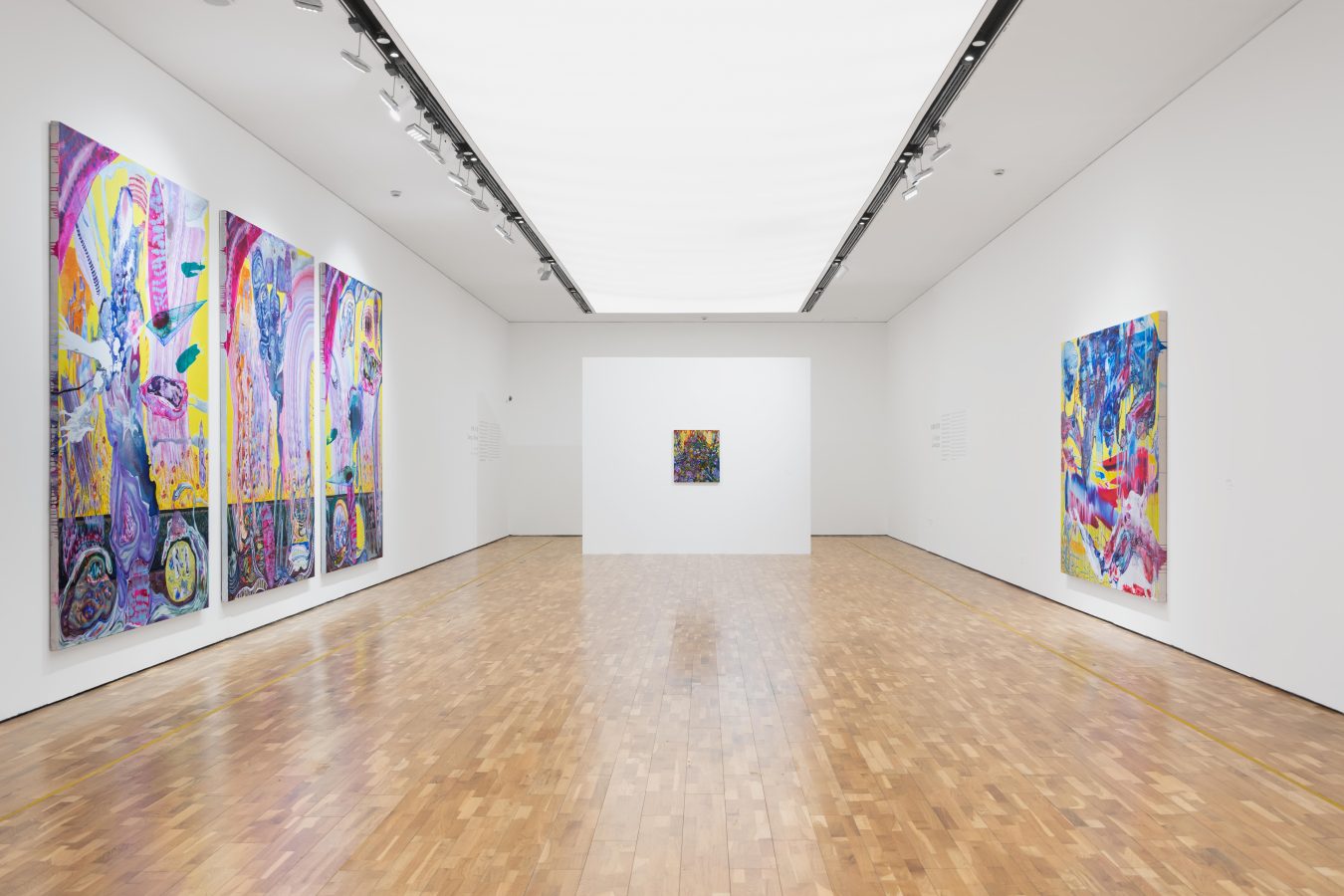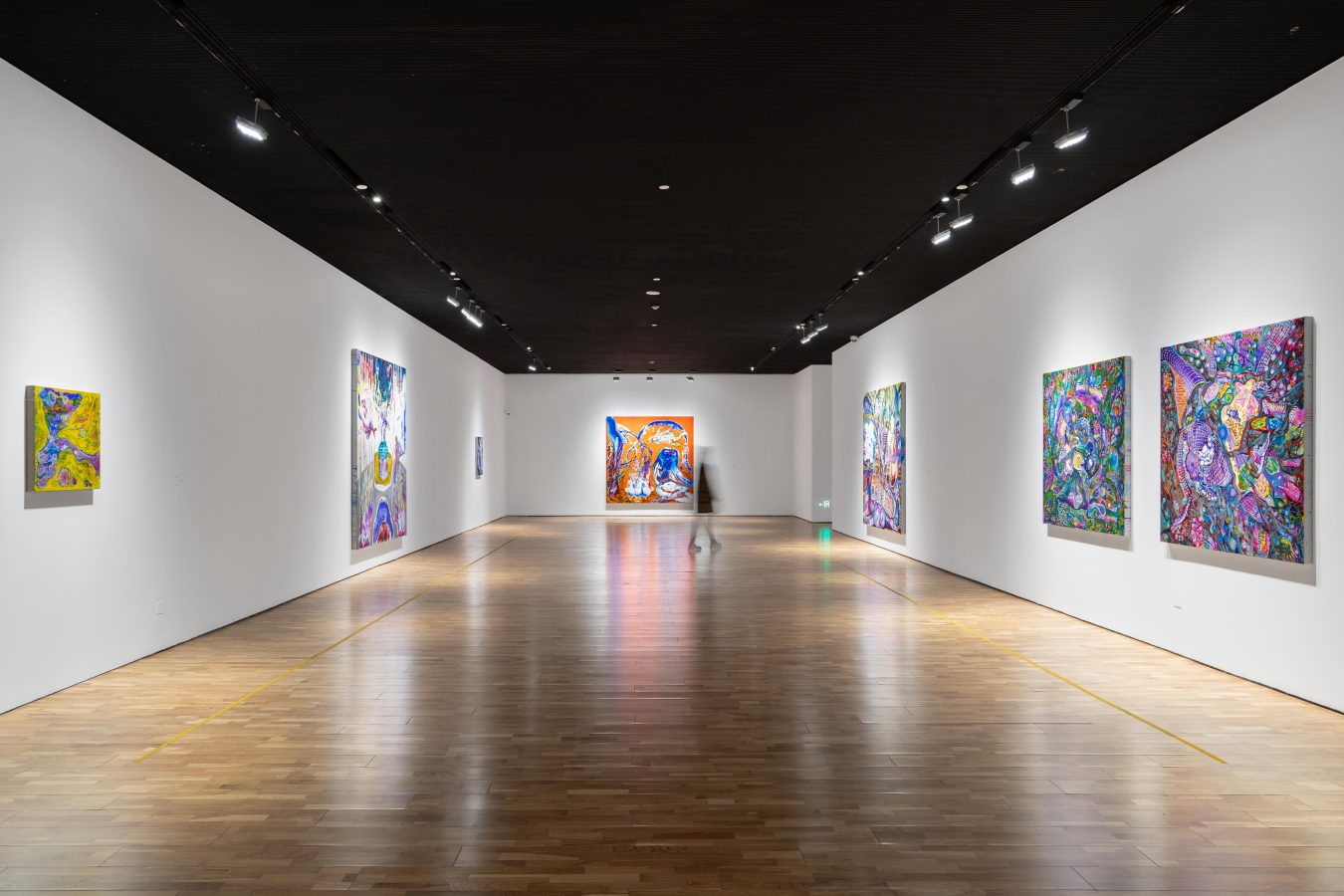
Exhibition
Zhang Ji: Manas
Artist
Zhang Ji
Curator
Yang Jean
Period
2023.2.25 – 2023.5.3
Address
Long Museum West Bund, No. 3398 Longteng Avenue, Xuhui District, Shanghai
Long Museum (West Bund) is proud to announce Zhang Ji’s (b. 1993) latest solo exhibition, Zhang Ji: Manas, as the artist’s first museum’s solo exhibition, from February 25 to May 3, 2023, curated by Yang Jian. This exhibition contains 4 chapters, about 30 works on canvas and 100 on paper, presenting a multitude of possibilities for symbiosis in painting that the artist has explored in the past two years and unfolds in parallel with manifold creative threads.
Fire, as a practical agent and metaphor, is used in various contexts; it transforms into energy with its fading, flickers the divine figures, creates aggression with scorching, produces fantasy with dazzlement, and invigorates ambition with its warmth. Through his paintings, Zhang Ji attempts to navigate the indefinable possibilities like fire into a boundary that can be accommodated by visual experience, stimulating every audience’s imagination to enjoy different perceptual logic and viewing experience. The English title of the exhibition, “manas”, meaning mānas-vijñāna, refers to the concept of “I” in the subconscious mind in spiritual practice. Zhang establishes a connection through this concept of “I”, transcends the surface, and approaches the accumulation of energy in the subconscious.
Art history chooses to develop tension and evolution through the interplay of abstract and figurative painting, while non-figurative painting seeks to suspend the modernist painting experience in order to tear open the space for creativity. As a result, perhaps Zhang Ji’s work could be referred to as “non-concrete painting”. In addition to refusing to depict reality, he attempts to eliminate some emotions and feelings that can be directly accessed, allowing the painting to approach the representation of the subconsciousness. Painting may not be a medium that always follows the unknown sensual experience, and what is seen in a painting is always a magical moment captured by chance in the process of experience. The artist intends to engage in an embedded and integrated relationship with the history of painting, religion, literature, and society with a dissolving or tangled way of thinking, seeking a new symbiosis in painting, as though countless organic profound perceptions take painting as a host and grow within.
Zhang Ji emphasizes this kind of symbiosis and never-ending evolution through different paths, responding to the social reality, globalization, and the art world that we confront. In the face of all the drastic changes we have encountered in recent years, we cannot simply consider them as retreats and regressions but as a new and evolving state. Confronted by this new state, artists need more than ever a radical self-stimulation and mobilization to embrace and seek new visions, perceptions, approaches to knowledge or means of action. Inevitably, we will have to discuss more complex perspectives and coordinates that are constantly dispersing, fractured, and mixed, and all standards will become more intricate. Just as the expansive volume Zhang expects his works to create, the coordinates that are always in motion and spreading and re-establishing are, perhaps, the true position of art in this ever-changing reality.
 Zhang Ji, ‘Weird Version’, Acrylic on canvas, 220×260cm
Zhang Ji, ‘Weird Version’, Acrylic on canvas, 220×260cm
A Tangled Landscape
The landscape is an internal view of the landscape, which blurs the scale while reinforcing the ratio. The tangle that defies categories and reverses identities induces a peculiar and diverse pleasure. Zhang Ji tries to collide and stretch out a conflict between the scales of his work by mobilizing the greatest discrepancy and dimensions of his painting habits, then, through the manipulation of the canvas, catalyzes self-sufficiency and self-organization between these differences, like a type of co-development where the organism in the painting facilitates the construction of another appearance and conspires to become the landscape together.
 Zhang Ji, ‘Yogi with Fire’, Acrylic on canvas, 220×220cm
Zhang Ji, ‘Yogi with Fire’, Acrylic on canvas, 220×220cm
Boundary Organs
Single appearance and large scale have always been used by Zhang Ji as a method to summon unexpected “events” in the painting; they are the approaches that he uses to defy the logic of his work. These “events” are gathered in a massive and limited enclosure of frame by permissive composition and structure. The visual and psychological intensity generated by this gathering is greater than their initial sum, so much so that it feels more massive than the scale of the painting, which has been deliberately exaggerated. The boundary that the artist wants to exceed is not the appearance or form but the habit and stability that comes with every painting experience. The strength to breakthrough deprives from his comprehensive perception that subtly presents in his creative process in the collaboration with the environment, physiology, emotions and thoughts.

Contamination Growers
The multiplication and diversity of visual results created by his intermingling of images are rejected by the artist as a way to summarize and pursue perfection, but rather as documentation to inspire the next painting so that the next painting is not directly connected but interrelated, like Zhang Ji’s mumbling, muttering of some miscellaneous words or telling some strange stories to be heard all at the same time. It may be a challenge for viewing, but once we discover the visual traces and clues, it is like hearing the various voices in the polyphony forming a melodic line. This interwoven visual rhythm is perhaps what Zhang Ji’s paintings are trying to introduce us to, which can replace our perceived unified visual and spatiotemporal concept, becoming another kind of dynamic possibility of painting beyond the established logic.

Colony of Manas
Line drawings, sketches, or drafts, no matter the name, they exist abundantly in Zhang Ji’s daily life and are all moments framed in the artist’s thought process, which can also be regarded as hubs to fabricate a network. They may be incorporated and integrated into any subsequent work, creating a kind of block transmission mutation, mutual repulsion or attraction. In a state of accompanying and dancing together, they are the flames of life that pray for survival or adventure in precariousness.

About the artist

Born in Beijing in 1993, Zhang Ji completed his BFA at School of the Art Institute of Chicago in 2017 and graduated from Maryland Institute College of Art with an MFA in 2020. His practice elaborates on the observation of the subconscious world. Zhang often emphasizes the significance of “seeing” as opposed to “painting”, capturing ambiguous and unfamiliar appearances in the flow of perception through the dynamics of “abstract traces”. The artist rejects complete and embellished paintings but retains the traces of experimentation as a testimony of authentic, ephemeral experiences, challenging the contemporary rationality dominated by reason and discipline by instilling a belief in uncertainty, revealing moments of sensitivity in human nature that are often left unnoticed.
“I feel that the process of painting is not about executing intuition to achieve some kind of rationalized harmony, or to pursue a certain consensus on truth; instead, it should be a process of using the defects of rationality as an instrument to reach an incongruous intuition in such process. The different extent of predilection, preoccupation, and dubiety for each work is a manifestation of human paranoia and what I consider the most precious and vibrant aspect in art.”
About the Curator

As a curator, Yang Jian studies and writes about art history and the mechanism of the art industry with a research from a local perspective. As the main research and curatorial direction, Yang Jian dedicated to presenting extensible cases of artists that reflect the times by means of visualization and in a social dimension to maximize their functions as artists by investigating the cases of Asian artists and attempts to draw a map of art that can highlight the contemporary times in history with different personal histories which have developed on different layers of art yet in similar contexts of time and space.
